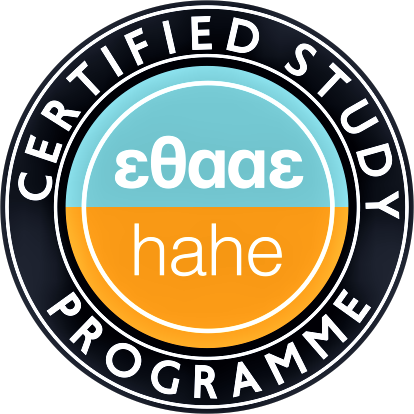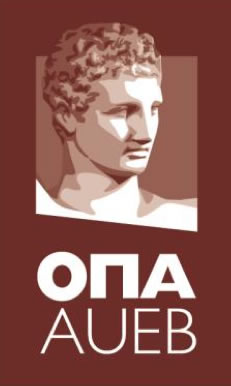E2. Digitalization Technologies, techniques and applications
Instructor: Georgios Papaioannou
Elective, Teaching Period B, ECTS:6
Contents
PART I – Theory and Background
Introduction: Definitions and fundamental concepts. Digital Surrogates, digitization and sampling, quantization, compression and information reconstruction.
Color theory. Color representation, color models and color information coding, applications in digital image and video compression and storage.
Image and shape representation. The digital image: attributes, storage, file formats and applications. 2D vector graphics: coordinate systems, basic vector representations (lines, curves, filled shapes). Vectorization. 3D shapes: 3D coordinate systems and cameras, geometric transformations and projections, 3D data representations: polygonal meshes, range maps, point clouds, volumetric models). 3D file formats. Video and motion representation. Metrology and quantitative methods for cultural heritage.
Digitization and reproduction technology. Imaging hardware: sensors, cameras, flatbed and book scanners, etc. 3D digitization technology: triangulation, 3D scanners, photogrammetry, tomography. Motion capture. Image Generation Hardware: graphics hardware, display systems and projectors. Printing technologies: 2D/3D.
PART II – Practical digitization
2D digitization. Planning and procedures. Document scanning. Practical photography. Quality control. Digital archiving and collection management.
Practical image processing. Common defects and problems and their treatment. The image histogram and its applications. Image processing tools. Filtering, color correction and image enhancement.
Practical photogrammetry. Procedure and subject preparation. Photo acquisition. Model reconstruction and cleanup. Model export and publication.
Target Learning Outcomes
After completing the course, the students will be able to:
- Understand the requirements, functional aspects, fundamental principles and practical tools for digitization in the context of cultural heritage and other applications in digital humanities.
- Use established practical tools for the digitization of 2D and 3D content.
- Effectively setup, acquire and process photos for the population and cataloguing of digital photo repositories.
- Assess the qualifications of digital surrogates.
- Apply procedures and protocols for the quality control and content management of digitized assets.
Prerequisites
None.
Recommended Bibliography
Lecture notes in electronic form (PDF). Downloadable from the eclass system.
Teaching and Learning Activities
- Lectures (3hrs/w)
- Practical exercises (homework – 3 assignments)
- In-class discussion
Assessment and Grading Methods
Written examinations, accounting for the 80% of the final grade. The remaining 20% is the cumulative evaluation of the overall student’s presence and the quality of the delivered assignments.
Language:
Greek or English (depending to the audience)



